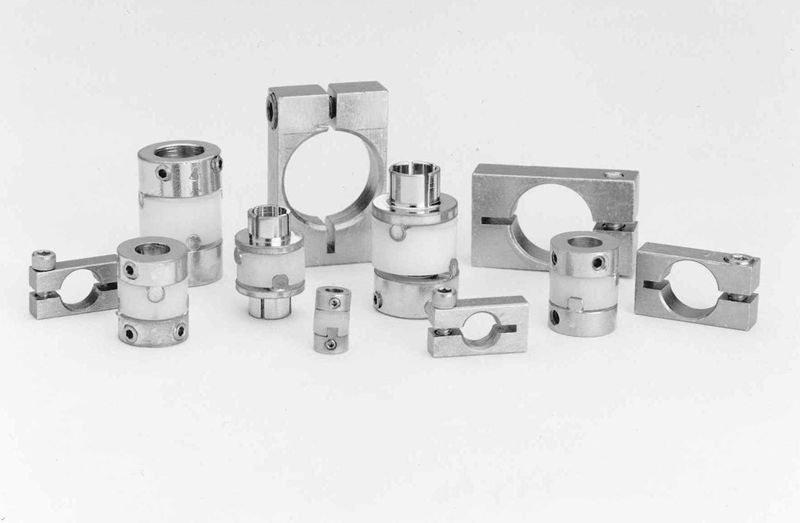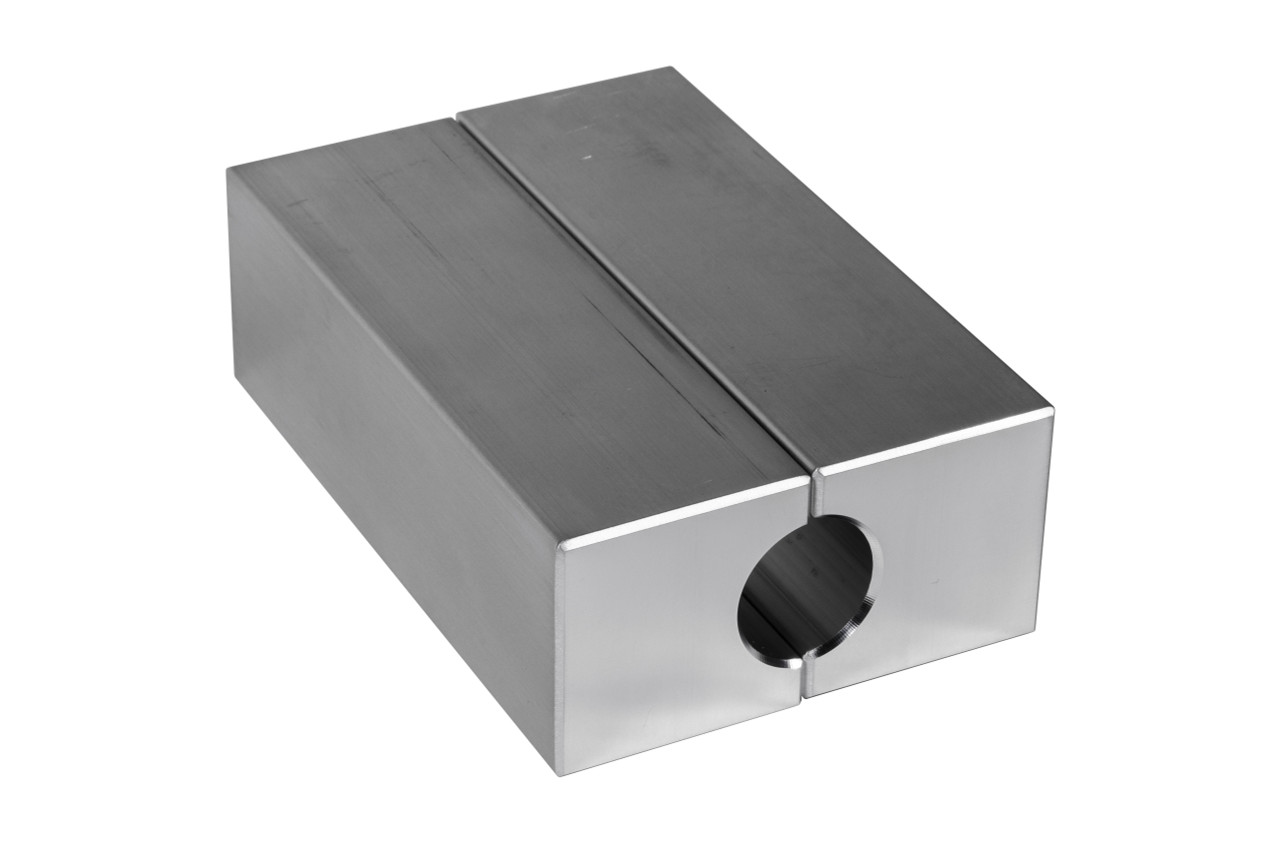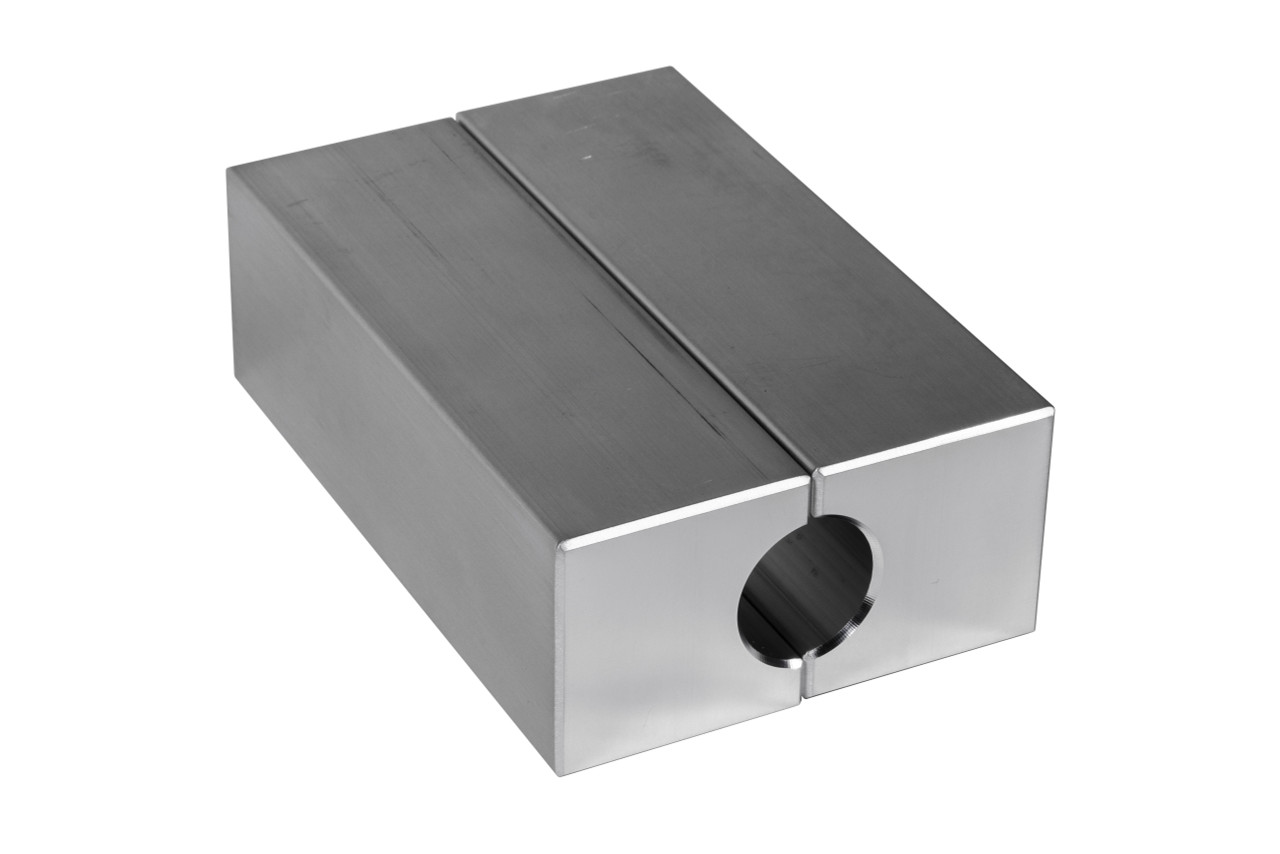Product Description
Company Profile
Workshop
Detailed Photos
Product Description
| Material | Alloy Steel, Copper alloy(brass,silicon bronze,phosphor bronze,aluminum bronze,beryllium copper),Stainless Steel,Aluminum,Titanium, Magnesium, Superalloys,Molybdenum, Invar,,Zinc,Tungsten steel,incoloy,Nickel 200,Hastelloy, Inconel,Monel,ABS, PEEK,PTFE,PVC,Acetal. |
| Surface Treatment | Zn-plating, Ni-plating, Cr-plating, Tin-plating, copper-plating, the wreath oxygen resin spraying, the heat disposing, hot-dip galvanizing, black oxide coating, painting, powdering, color zinc-plated, blue black zinc-plated, rust preventive oil, titanium alloy galvanized, silver plating, plastic, electroplating, anodizing etc. |
| Producing Equipment | CNC machine,automatic lathe machine,CNC milling machine,lasering,tag grinding machine etc. |
| Drawing Format | Pro/E, Auto CAD, CZPT Works, UG, CAD/CAM, PDF |
| Managing Returned Goods | With quality problem or deviation from drawings |
| Warranty | Replacement at all our cost for rejected products |
| Main Markets | North America, South America, Eastern Europe , West Europe , North Europe, South Europe, Asia |
| How to order | * You send us drawing or sample |
| * We carry through project assessment | |
| * We make the sample and send it to you after you confirmed our design | |
| * You confirm the sample then place an order and pay us 30% deposit | |
| * We start producing | |
| * When the goods is done, you pay us the balance after you confirmed pictures or tracking numbers. | |
| * Trade is done, thank you!! |
Quality Control
Packaging & Shipping
Customer Reviews
FAQ
Q1:What kind of information do you need for quotation?
A: You can provide 2D/3D drawing or send your sample to our factory, then we can make according to your sample.
Q2: Can we CZPT NDA?
A: Sure. We can CZPT the NDA before got your drawings.
Q3: Do you provide sample?
A: Yes, we can provide you sample before mass order.
Q4: How can you ensure the quality?
A: We have profesional QC,IQC, OQC to guarantee the quality.
Q5: Delivery time?
A: For samples genearlly need 25 days. Mass production: around 30~45 days after receipt of deposit (Accurate delivery time
depends on specific items and quantities)
Q6: How about the transportation?
A: You can choose any mode of transportation you want, sea delivery, air delivery or door to door express.
| Material: | Stainless Steel |
|---|---|
| Surface Finishing: | Nickel Plated |
| Grade: | A |
| Certification: | ISO |
| Customized: | Customized |
| Description: | Stainless Steel Set Screw Shaft Collar Clamp |
| Customization: |
Available
| Customized Request |
|---|

Can I find tutorials on retrofitting machinery with shaft clamps for improved performance?
If you are looking for tutorials on retrofitting machinery with shaft clamps for improved performance, here’s a detailed explanation:
Retrofitting machinery with shaft clamps can be a beneficial solution to enhance performance, stability, and efficiency. While specific tutorials may vary depending on the machinery and application, there are several resources where you can find guidance and information on retrofitting with shaft clamps:
1. Manufacturer’s Documentation:
Consult the manufacturer’s documentation or user manuals for the machinery you intend to retrofit. The documentation may provide insights into the recommended retrofitting procedures, including the installation of shaft clamps. It may include step-by-step instructions, diagrams, and specifications specific to your machinery.
2. Online Video Platforms:
Platforms like YouTube and Vimeo host a vast collection of tutorial videos on various engineering and machinery topics. You can search for videos specifically related to retrofitting machinery with shaft clamps. These videos often provide visual demonstrations, explanations of the process, and tips for achieving improved performance through retrofitting.
3. Engineering Websites and Blogs:
Engineering websites and blogs may publish informative articles or tutorials on retrofitting machinery. These resources may cover a wide range of topics, including the selection of shaft clamps, installation techniques, and considerations for improved performance. Look for reputable engineering websites and blogs that specialize in machinery retrofitting, mechanical engineering, or industrial automation.
4. Online Forums and Communities:
Participating in online forums and communities focused on machinery, engineering, or industrial topics can provide valuable insights and guidance. These platforms often have discussion threads where professionals and enthusiasts share their experiences, best practices, and tutorials related to retrofitting machinery. Engaging in these communities allows you to ask questions, seek advice, and learn from others who have undertaken similar retrofitting projects.
5. Professional Training and Courses:
Consider professional training programs or courses offered by engineering organizations, trade associations, or industrial training institutes. These programs may include modules on machinery retrofitting techniques, which can cover the installation and performance optimization of shaft clamps. These training programs often provide comprehensive guidance and practical knowledge to help you successfully retrofit machinery.
When retrofitting machinery with shaft clamps, it’s important to ensure that you have a good understanding of the machinery’s design, compatibility requirements, and safety considerations. If you are unsure or lack experience, it’s recommended to consult with qualified engineers, technicians, or professionals who specialize in machinery retrofitting. They can provide personalized guidance, address specific challenges, and ensure that the retrofitting process is carried out effectively and safely.

Can I find information on the materials used in manufacturing shaft clamps?
Yes, you can find information on the materials used in manufacturing shaft clamps. The material selection for shaft clamps is crucial as it directly affects their performance, durability, and suitability for specific applications. Manufacturers typically provide information about the materials used in their shaft clamps through various channels. Here are some ways to access such information:
- Manufacturer Websites: Visit the websites of shaft clamp manufacturers. They often provide detailed product specifications and technical information, including the materials used in their clamps. Look for sections like “Product Specifications,” “Material Information,” or “Technical Data Sheets.” These resources will provide insights into the specific materials employed and may include details about their properties, such as strength, corrosion resistance, or temperature tolerance.
- Product Catalogs and Brochures: Many manufacturers distribute product catalogs and brochures that highlight their range of shaft clamps. These materials often contain information about the materials used in the construction of the clamps. You can request catalogs from manufacturers directly or explore their digital versions available on their websites. Catalogs typically provide an overview of the different product lines, along with material specifications.
- Technical Support and Customer Service: Reach out to the technical support or customer service departments of shaft clamp manufacturers. They can provide detailed information about the materials used in their products and address any specific questions or concerns you may have. Manufacturers’ representatives are often knowledgeable about their product materials and can guide you in selecting the right shaft clamps based on your application requirements.
- Industry Publications and Resources: Explore industry publications, journals, or technical resources related to mechanical engineering, industrial applications, or fastening technologies. These sources may include articles or studies that discuss different types of shaft clamps and the materials commonly used in their manufacturing. They can provide valuable insights into the selection and properties of materials for shaft clamps.
- Online Forums and Communities: Engage with online forums, communities, or discussion groups focused on mechanical engineering or industrial applications. These platforms often have professionals, enthusiasts, or industry experts who can share their knowledge and experiences regarding the materials used in shaft clamps. Participating in discussions or posting specific queries can help you gather information and recommendations from a diverse range of perspectives.
When researching the materials used in shaft clamps, it’s important to consider factors such as the application requirements, environmental conditions, and compatibility with other components in your assembly. Understanding the material properties will help you make informed decisions and select shaft clamps that are best suited for your specific needs.

Can I get recommendations for shaft clamps suitable for different shaft diameters?
When it comes to selecting shaft clamps for different shaft diameters, it is important to consider the specific requirements of your application. While I can’t provide specific product recommendations as an AI, I can offer some general guidelines to help you in your search. Here’s what you should keep in mind:
1. Determine the Shaft Diameter Range: Measure the diameter of the shaft or shafts you are working with. This will give you the range of shaft diameters that you need to consider when selecting shaft clamps. Note down the minimum and maximum diameter values.
2. Research Shaft Clamp Manufacturers: Look for reputable manufacturers or suppliers that specialize in mechanical components, including shaft clamps. Visit their websites or contact them directly to explore their product offerings.
3. Check Product Specifications: Once you have identified potential shaft clamp manufacturers, review the product specifications of their shaft clamps. Look for information on the range of shaft diameters that each clamp can accommodate. Manufacturers typically provide this information in their product datasheets or catalogs.
4. Consult with Manufacturers or Distributors: If you have specific requirements or need assistance in selecting the right shaft clamps for your application, reach out to the manufacturers or distributors. They can provide expert guidance and recommendations based on your shaft diameter range and other application needs.
5. Consider Adjustable Shaft Clamps: Some shaft clamps are designed with adjustable features to accommodate a range of shaft diameters. These clamps often have a split design or include adjustable screws or levers that allow for flexibility in sizing. Adjustable shaft clamps can be a convenient option if you are working with multiple shaft diameters or if you anticipate changes in shaft sizes in the future.
6. Evaluate Material and Design Considerations: Take into account the material and design of the shaft clamps. Consider factors such as load capacity, environmental conditions, and compatibility with the components being secured. Choose a shaft clamp that not only fits the shaft diameter but also meets the specific requirements of your application.
Remember, the suitability of a shaft clamp is not solely determined by the shaft diameter range it can accommodate. It is crucial to consider all relevant factors, including load capacity, material compatibility, and environmental considerations, to ensure a reliable and secure connection between the shaft and the components being secured.
By following these guidelines and working closely with manufacturers or distributors, you can find shaft clamps that are suitable for different shaft diameters in your specific application.


editor by CX 2023-11-09